Is Pointing the Same As Plastering
Plastering is a very common term in masonry construction. A plaster is provided as multiple coats on the inner and outer faces of buildings for a number of reasons, such as protection from harsh weather, uniformity in appearance and so on. But how many of you are familiar with pointing?
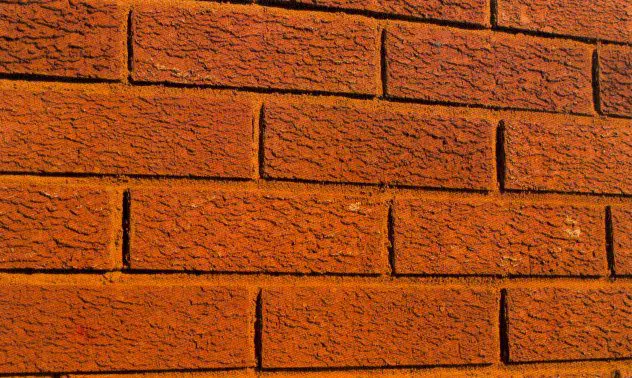
Pointing is the process of raking in the mortar between masonry joints of brickwork or stone up to about 13-15 mm depth. These gaps are then filled up with mortar again, this time of a slightly richer mix. Pointing has dual plus points. Not only is the protection quality increased manifold, but also pointing can be done in different patterns and styles which in turn can enrich the facade with colours and textures.
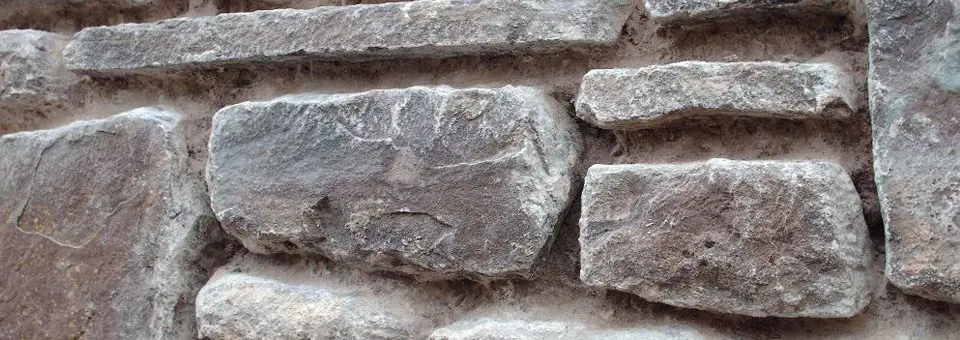
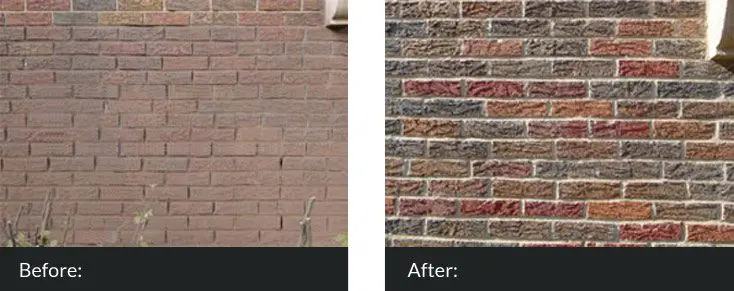
How to Go about with Pointing?
The best time for applying this technique is when the mortar is still green. The raked joints need to be dusted clean, free of all dust and dirt. The joints and the walls are properly washed and kept wet for quite a few hours before the process is actually begun.
The mortar for pointing may be either lime or cement mortar. For cement mortar, the specified ratio should be either 1:2 or 1:3 because we intend to use a richer mix for the purpose.

With the help of a trowel, only smaller in size, the mortar is pressed into the raked joints. The rendering of the mortar depends on the design, and it may be flushed, sunk, raised and so on – whichever you desire for your facade. The pointing, after application, needs to be kept wet for about a week.
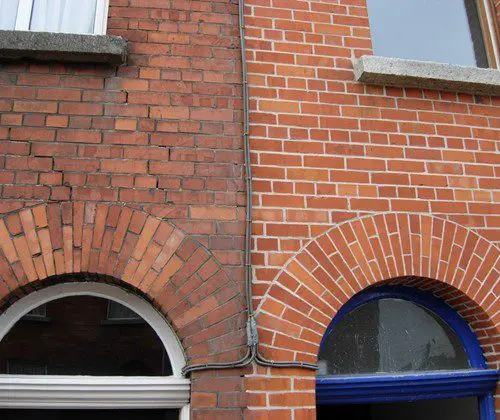
Types of Pointing
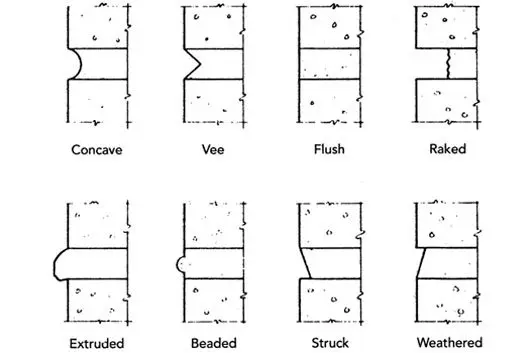
Depending on the kind of facade treatment you wish to provide, pointing can be of the following types:
1. Flush Pointing
This is, by far, the simplest and also the most widely used kind of pointing for buildings. In this kind of pointing, the richer mortar mix is filled in the raked joints of the masonry, and is given a very smooth appearance by finishing it off flush with the walls. Trimming and neatness of the edges can be ensured by using a pointing trowel.

2. grooved Pointing
The initial steps of this kind of pointing work are the same as that of flush pointing. The mortar mix is pressed against the raked joints and is finished flush with the walls. After this, a small groove is made in this mortar while it is still green, with the help of a small steel rod, of about 6mm in diameter. This groove is made along the centre line of the joints. The same treatment goes for vertical joints.
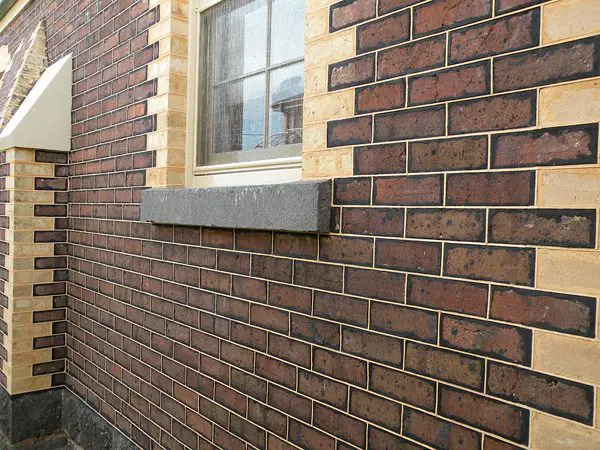
3. Tuck Pointing
This type of pointing is also quite common for exposed brick structures.The procedure is very simple.
First, mortar is applied and pressed in the raked joints of the masonry.Then it is finished flush with the wall. While the mortar is still green the top and bottom parts of the mortar are scooped out in parallel sections, thus leaving you with a raised band that is uniform all throughout.
Though it involves a little more detailed work than other kinds of pointing, tucked pointing gives a brilliant finish and appearance to exposed masonry construction.
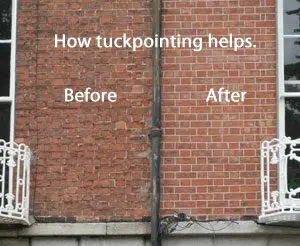
4. Beaded Pointing
This can be described as the reverse of grooved pointing. The appearance of the mortar is in the form of a bead, projecting outwards relative to the rest of the mortar.
The initial process, as with the rest of the pointing types, is exactly the same – filling and pressing of mortar in the raked joints to finish flush with the walls.
The still green mortar is then given a beaded appearance through the centre line with the help of a steel rod of suitable cross section.
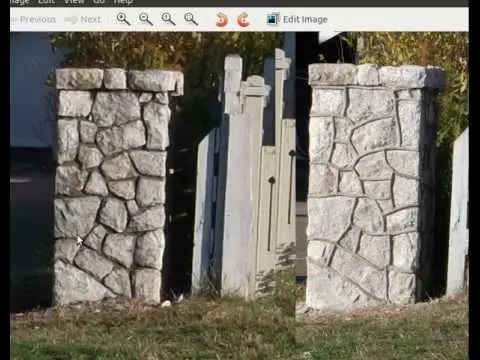
5. Struck Pointing
This can be termed as a kind of sloped pointing. The mortar mix which is applied and pressed into the raked joints is, while still green, neatly pressed back by a few millimetres, say 3 to 5. This gives the top part of the pointing a sloped finish, and adds an overall texture as well as pattern to the building facade.
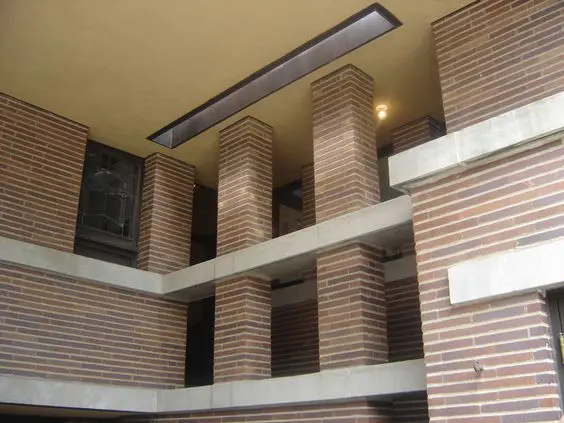
Pointing is an excellent means to lend a perfect finish to exposed masonry, which is a quickly growing trend today. Several famous architects are reverting to the exposed masonry techniques to spruce up exteriors and interiors alike.
Homes are not far behind in this matter. Industrial style interior design often employs exposed bricks for interior walls. Pointing, hence, can be a really interesting visual and tangible alternative for such walls.
– Sourav Suman





